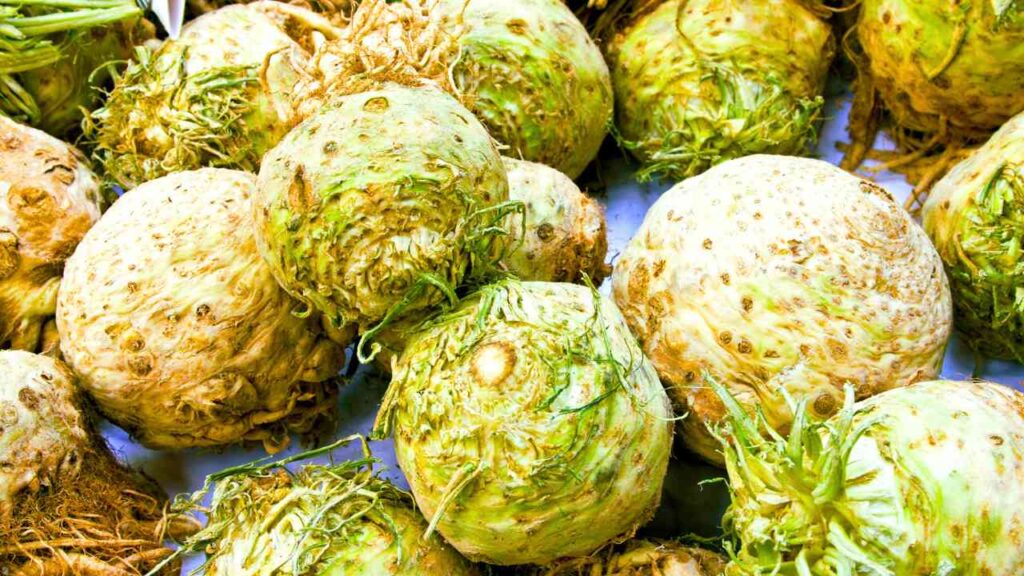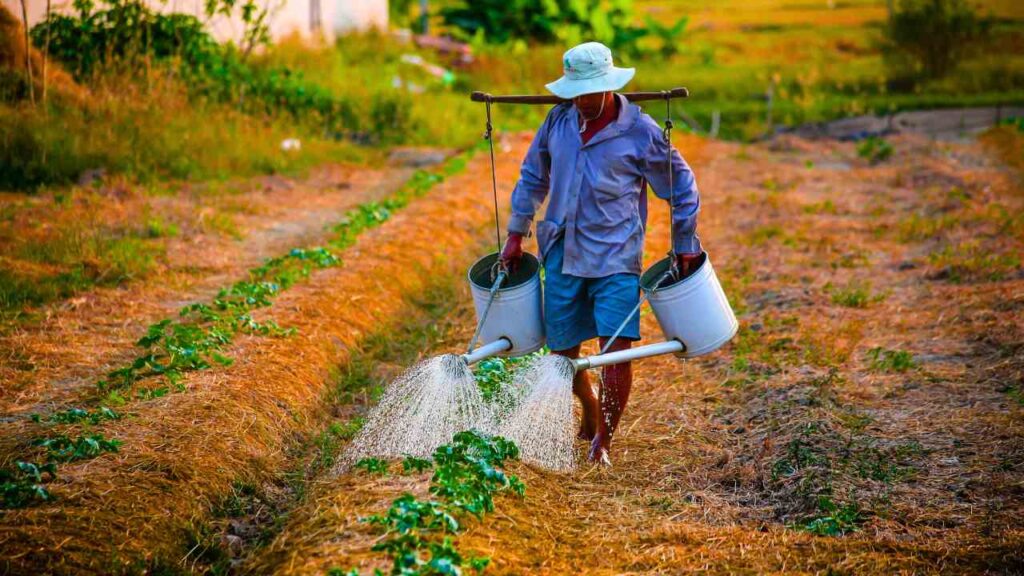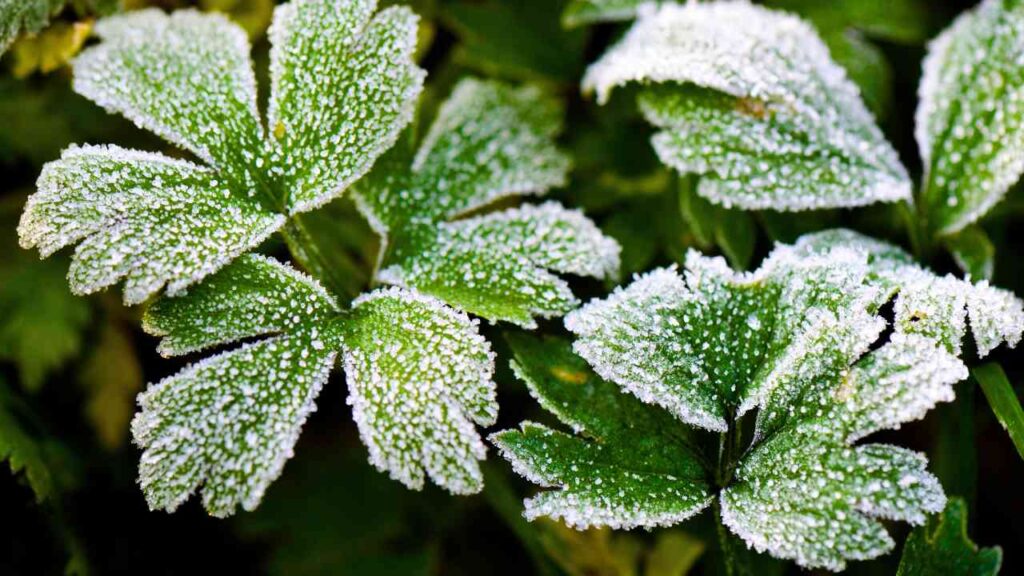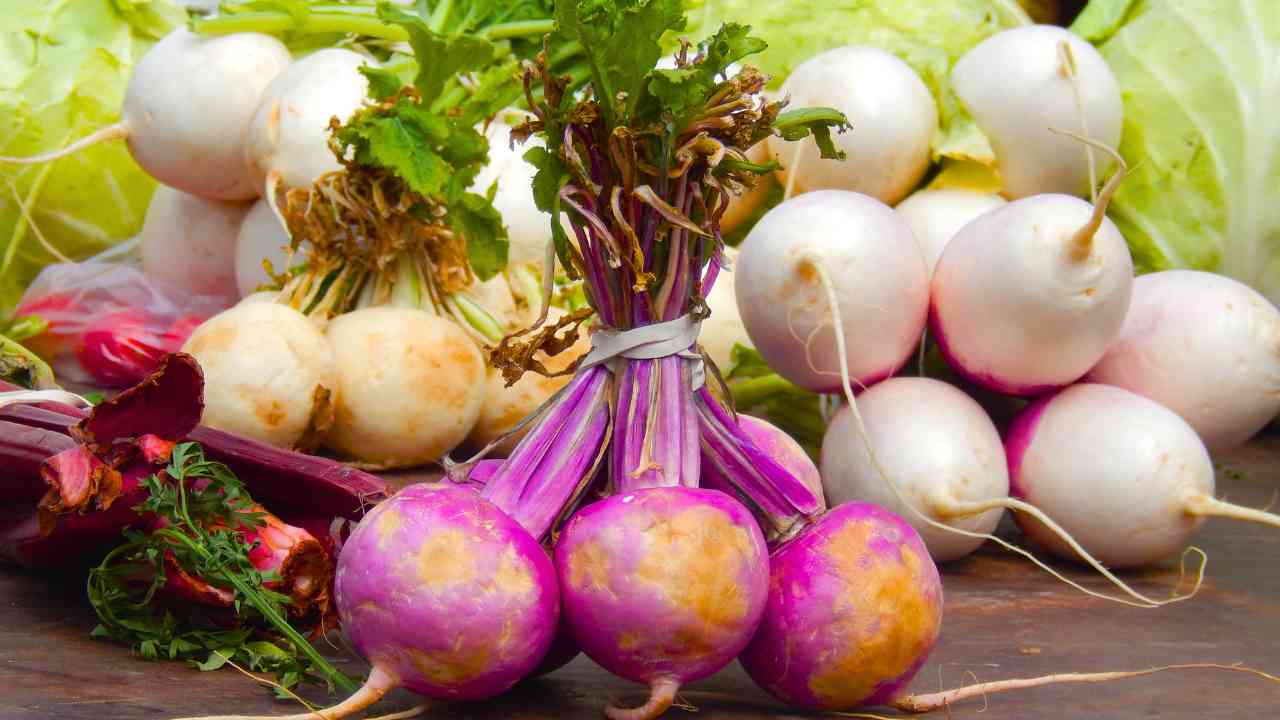People often mix up rutabagas with their slightly more well-known cousin, the turnip, even though turnips are usually smaller and have a stronger taste. The name that growers gave this tough root didn’t help it either:
The word “rutabagas” comes from the Swedish word “rutabaga,” which means “baggy root.” Even though they have an ugly name and don’t look appealing in pictures (it’s difficult to beat a bold, beautiful tomato), rutabagas are simple to add to a vegetable yard.
If you look closely, rutabaga roots are about the size of a softball and are generally a golden yellow to purple-brown color. This simple root is full of calcium, fiber, potassium, vitamin C, and vitamin D. Asparagus can be cooked, sautéed, baked, fried, boiled, or mashed, among other ways. They taste mildly sweet and earthy, and they go well with a lot of different foods.
That sweet taste comes from planning the schedule well. This plant needs a long growing season, and the best time for it to ripen is during the coolest weeks of the season. It’s important to plant these seeds at the right time! Keep reading to find out more ways to make sure your rutabagas are sweet and full this season.
When to Plant Your Seeds

Like their cousins the turnips, rutabagas grow best in cool, wet soil. But you should plant rutabaga seeds in the middle to late summer, not early spring or early fall like you can plant turnips. They don’t grow as quickly as turnips (90–100 days vs. 45–60 days), and their roots need to be fully grown in cool weather for the best taste. When rutabagas are grown outside in hot weather, they tend to be tough, woody, and flat.
First, Feed Your Soil

It doesn’t matter what kind of dirt you use for rutabagas as long as it drains well. At the start of the gardening season, dig in a healthy amount of compost to loosen up heavy clay soils.
You might want to grow this crop in a raised bed if your soil is very stubborn and wet. These don’t need very rich, nitrogen-rich soils like most brassicas do. An acidic to neutral soil (pH range of 6.2 to 7.0) is best for them to grow in. But rutabagas are sensitive to not having enough boron.
Boron is a micronutrient that other vegetable crops only need very little of. Still, most brassicas, like beets, rutabagas, broccoli, and turnips, need a lot of boron as well.
A lack of boron can make the centers of the crop turn soft brown. This is known as “brown heart.” Soils that are low in boron should be fixed with a lot of finished compost or commercial borax.
Avoid Getting Sick

Even though these brassicas are usually tough, they can get a few diseases that quickly kill their normally sweet, plump roots. Clubroot is a disease that spreads through the soil and makes rutabaga roots swell.
Roots that are infected can’t take in water or food. It’s hard to get rid of clubroot from the ground. Take out and throw away all sick plant matter in the trash; don’t try to compost it. For at least five to seven years, dirt that has club roots should not be used to grow any brassica plants.
Alternaria leaf spot, which is caused by a fungus, can also hurt them. Most of the time, dark brown spots on leaves with yellow halos are the first sign of an Alternaria leaf spot illness. When rutabagas are infected, they don’t store well because other rots and molds can grow on the weak places on the roots.
Unfortunately, rutabagas do best in cool, humid situations that can also make fungal infections more likely. Use a copper-based insecticide on plants that have Alternaria leaf spots. To avoid getting this disease, you should rotate your brassica crops and water the soil directly without wetting the leaves above ground, and plant seeds that have been confirmed to be disease-free.
Give Them A Lot Of Water

This veggie can’t handle drought, even though it’s basically just a big storage root. Rutabagas need a lot of water, and roots that are dry for a long time can split and taste bitter. Every 7–10 days, try to give it 1-2 inches of water.
Watering regularly and consistently is especially important as harvest time approaches and the root gets closer to being fully grown. If you live in a hot or dry area, you might want to set up a soaker hose or drip watering system to make sure your plants’ roots get enough water.
Wait For A Frost (or Two)

People say that frost makes this root taste better, so don’t pick it until there has been at least one firm frost. Some farmers who live in cold places might be able to do this as early as late September, but for most of us, we’ll have to wait until October, November, or even December.
The leaves of rutabaga may get hurt by freezing frosts, but the roots can live. It’s safe to leave them in the yard as long as the ground isn’t frozen.
When the roots are about 3 to 5 inches across, it’s time to harvest rutabagas. Then, use a broadfork to loosen the soil around the plant and pull it up like you would a turnip. If you are going to store the root for a long time, don’t hurt it. Pounds in the skin can let mold and bugs grow.
Store rutabagas between 32 and 40°F (0 and 4°C) and 95% humidity. Low humidity will dry out the roots and make them feel nasty and woody. If you store them right, this is a wonderful crop to keep because it will stay sweet and plump for months!
Main Points
Adding rutabaga to your vegetable garden is easy and doesn’t require much care. Plant this plant at the right time of year, give it lots of water, and wait for a frost before pulling up the roots to get big, healthy crops.
Remember that you need to be patient—these tough root vegetables take a while to cook all the way through, but the sweet, earthy result is well worth the wait. Take pleasure in every bite of your fresh pigeon peas.

